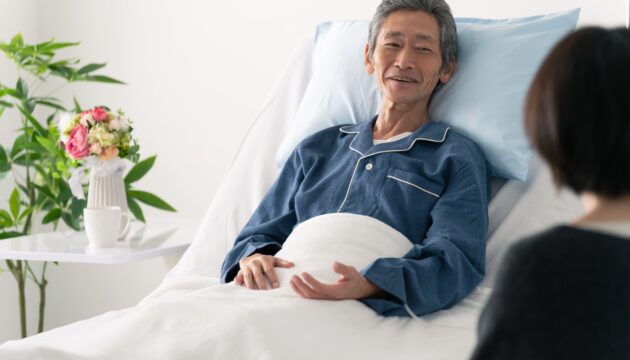Journal Articles
Our work in Journal Articles
-
Cross-National Differences in Wealth Inequality in Health Services and Caregiving Used Near the End of Life
Wealth inequality in end of life care exists across countries and reflects differences in the organization, financing, and delivery of care in different countries.
Categorized in -
Age Differences in Social Decision-Making Preferences and Perceived Ability
Older age was associated with being less likely to prefer social decision-making.
Categorized in -
A Human Capital Theory of Who Escapes the Grasp of the Local Monopsonist
The rise of work from home may act as a substitute for high-skill worker migration from
monopsony markets.Categorized in -
Increased Risk of Diabetic Ketoacidosis in an Urban, United States, Safety-Net Emergency Department in the COVID-19 Era
The odds of DKA during the COVID era were 27% higher compared to the pre-COVID era
Categorized in -
Epigenetic-Based Age Acceleration in a Representative Sample of Older Americans: Associations with Aging-Related Morbidity and Mortality
While the usefulness of DNAm-based age acceleration as a predictor of later life health outcomes is quite clear, other factors such as demographics, SES, mental health, and health behaviors remain equally, if not more robust, predictors of later life outcomes.
Categorized in -
Regular Cannabis Use During the First Year of the Pandemic: Studying Trajectories Rather Than Prevalence
This study estimated the nature and sociodemographic correlates of U.S. adult subpopulations regularly using cannabis by examining weekly trajectories of use during the first year of the pandemic.
Categorized in -
Methods to Adjust Willingness to Pay (WTP) Measures for Severity of Illness
Abstract Objectives Both private sector organizations and governmental health agencies increasingly use illness severity measures to adjust willingness-to-pay thresholds. Three widely discussed methods—absolute shortfall (AS), proportional shortfall (PS), and fair innings (FI)—all use ad hoc adjustments to cost-effectiveness analysis methods and “stair-step” brackets to link illness severity with willingness-to-pay adjustments. We assess how these methods […]
Categorized in -
Substantial Growth in Medicare Advantage and Implications for Reform
Between 2006 and 2022, traditional Medicare enrollment declined by 3% while adjusted Medicare Advantage enrollment increased by 337%.
Categorized in -
Age Differences in Psychological Distress During the COVID-19 Pandemic: March 2020 – June 2021
Younger adults consistently reported more psychological distress than older adults, though age differences did decrease over time.
Categorized in -
The Role of Confidence and Knowledge in Intentions to (Not) Seek Care for Hypertension: Evidence From a National Survey
Hypertension is a modifiable risk factor for cardiovascular disease. However, patients may lack confidence in their understanding of what constitutes normal/healthy blood pressure, potentially affecting intentions to seek necessary care.
Categorized in









